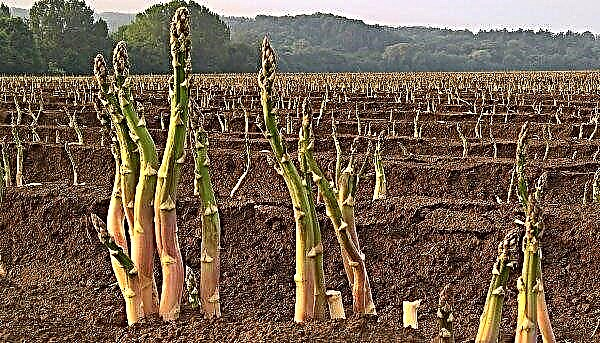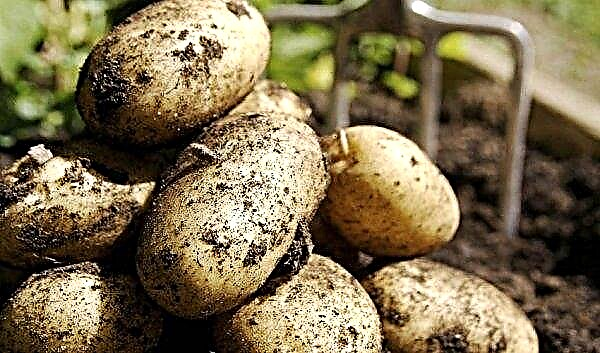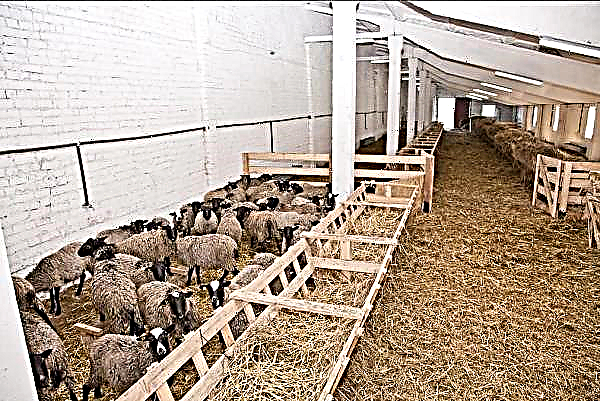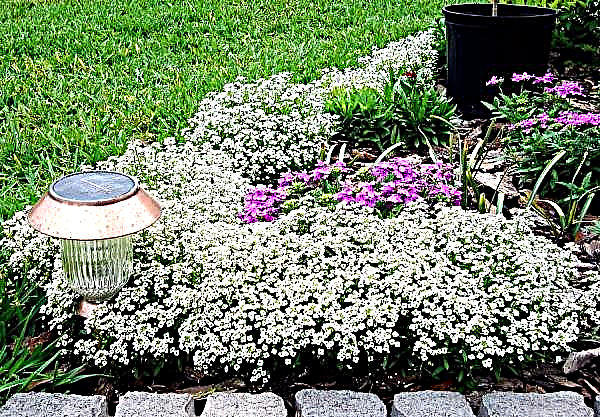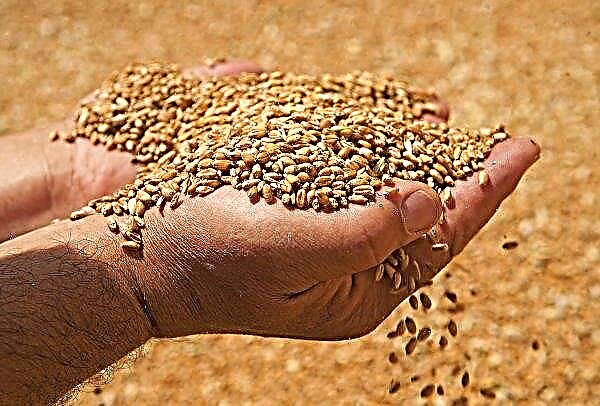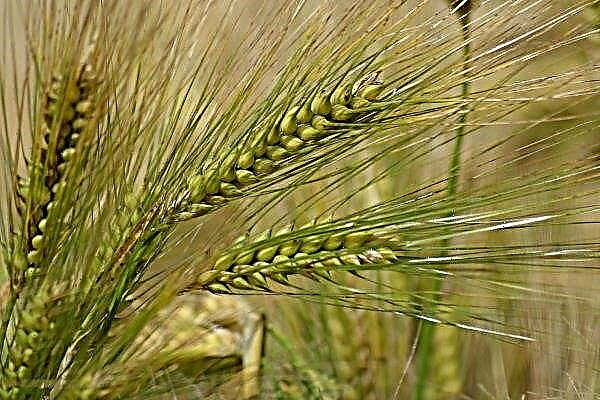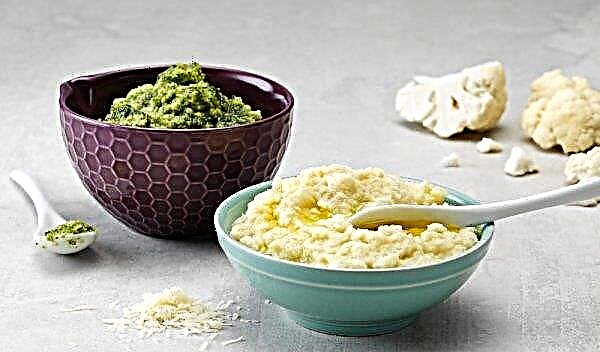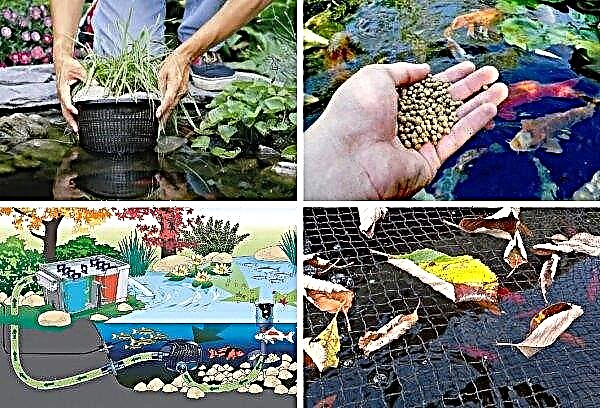To successfully grow a crop in a polycarbonate greenhouse, competent care is needed for it. One of the required procedures is autumn and spring treatment of the structure for the prevention of possible diseases and pests, which will be discussed later.
Important! If the structural frame is made of galvanized steel, sulfur is not allowed. The substance released during arson (sulfur dioxide) contributes to the appearance of corrosion.
Why process a greenhouse in spring and autumn
Plants at all stages of their development are attacked by pests or pathogens, so preventive measures are vital, and one of them is disinfection of the greenhouse.
- Advantages of the procedure:
- pure polycarbonate better transmits sunlight and heat;
- autumn processing allows for a smaller amount of work in the spring;
- minimizing the risk of infection - bacteria and insect larvae can multiply in crevices and joints of shields;
- in healthy soil, a larger amount of yield grows.
How to process a polycarbonate greenhouse
Careful disinfection of the surfaces of walls, windows, doors of the structure should be given special attention. Spores of fungi, mold and larvae of harmful insects can hide on the seams and connecting parts.
Sulfur Checker
For a room of 10 m³ it is enough to use one checker. For the procedure, prepare refractory coasters, sheets of metal or something equivalent. Be sure to wear a gas mask, as sulfur is toxic. Unpack the product and set it on fire from the edge of the room, moving to the exit. At the end of work, close the door of the greenhouse tightly. After 3 days, the room can be ventilated.
Bleaching powder
To spray the structure with bleach, a 4% solution (400 g / 10 L of water) is prepared, stirring constantly. After waiting for the grains of lime to settle to the bottom, the solution is sprayed onto the surface of the room. After the greenhouse is closed for a couple of days. Chlorine lime is also used to disinfect soil in the fall. They dig it, introducing 100 g / m², or take out the soil (with a complete replacement of the soil) on the site and interbed with layers of lime.
Blue vitriol
The drug actively destroys fungal infections, larvae and eggs that have taken refuge in the crevices of the structure or soil. The product is moderately toxic, so gloves and a respirator are sufficient for safe operation. An aqueous solution (10 l / 100 g of the substance with the addition of grated laundry soap) is sprayed on all surfaces. With the help of brushes on long handles, the cracks are thoroughly washed and cleaned. With a solution without adding soap, the soil is treated.
Important! It is impossible to prepare a solution in a metal dish: copper and iron react.
Fitosporin
For disinfecting walls and surfaces of the greenhouse, the Fitosporin preparation is not suitable, especially in the fall. The tool is used in spring for tillage: for this, 1: 2 powder is diluted and the beds are sprayed. It is advisable to do this in cloudy weather, since the active substance of the drug dies in the sun.
Bordeaux fluid
The Bordeaux mixture is used as protection against corrosion, treating it with metal parts of the structure: heck, arch ceilings, fastenings. Apply the solution with a soft washcloth or brush. To protect against fungi and infections, spray the remaining surfaces. The tool can be purchased at a store for gardeners. For self-preparation of the mixture you will need 2 kg of lime and 100 g of copper sulfate per 10 liters of water.
General cleaning of the greenhouse
General cleaning includes not only disinfecting the structure itself inside and out: you need to process and disinfect tools, auxiliary items and structures, soil.
The timing
In autumn, harvesting is carried out immediately after the harvest, before the onset of frost. It may be necessary to carry out repairs that are more convenient to carry out in the warm season:
- rust cleaning and painting;
- replacement of damaged parts of the structure.
Did you know? Monolithic polycarbonate was invented in 1955. Material was used only in the space and military industries.
Step by Step Actions
The more thoroughly the cleaning is carried out, the lower the risk of diseases and pests on the beds.
Cleaning of additional facilities
In greenhouses can be located water tanks, heating appliances, which also need to be cleaned and washed.
It is necessary to take out and clean out the entire inventory:
- tools;
- supports for garter;
- shelving;
- thumbs;
- buckets;
- wire, etc.

Complete cleaning of garbage and plant debris
After harvesting, you must carefully collect all the inedible parts of the plants. Digging up the soil is strongly recommended to remove any residues that may leave eggs or larvae, spores and bacteria for the winter. Mulch also needs to be removed - it is the most likely breeding ground for pathogenic microorganisms.
Did you know? The Israelis invented cellular polycarbonate in 1976, which allowed them to grow record crop yields in the desert. For this country and is called a paradise oasis.
Washing
Wash the greenhouse should be both outside and inside. For thorough flushing, you will need brushes with long handles, with soft but short bristles that can penetrate the cracks at the joints and seams. Polycarbonate can not be cleaned with aggressive chemicals and detergents with abrasive particles, as this can ruin the structure of the material, affect its light and heat conductivity. For washing, it is better to use household soap (grate it and dissolve in water) or baking soda, which destroys most bacteria.
Video: how to wash a polycarbonate greenhouse
Disinfection of the entire structure
Details of the disinfection methods discussed above. It is only necessary to add that when choosing a tool you should carefully read the instructions for it. Perhaps this particular preparation is not suitable for polycarbonate. Also consider how often you can use this or that product indoors when growing table crops. For example, fumigation with a sulfur checker is recommended to be used no more than 1 time in 5 years.
Disinfection and tillage
Soil treatment for diseases can be carried out by several methods:
- biological - planting in the fall of green manure;
- exposure to high temperatures - beds are spilled with hot water (100 ° C), covered with non-woven moisture-resistant material;
- chemical - shed with prepared solutions (copper sulfate, bleach, “Fitosporin”).
How and how to protect plants from pests
There are many pests who want to feast on parts of garden plants or their juice. To protect against insects, you can use drugs with a wide spectrum of action, effective against a large list of parasites, for example:
- Agravertin - destroys almost all types of garden sucking and gnawing insects, including ticks and the Colorado potato beetle. The solution is diluted according to the instructions, sprayed in dry and clear weather. For 10 m², 1 liter of product is enough;
- Actellik - effective against ticks, aphids, flies and root pests, Colorado potato beetle and other species of beetles (for example, weevil). The solution is prepared in a proportion of 2 ml / 2 l of water - this amount is enough for 10 m²;

- Fitoverm - non-toxic, unlike previous agents, it is a biological drug. It acts against ticks, aphids, thrips, flies, butterflies. For the solution, one ampoule is diluted in a liter of water, re-treatment is carried out after 20 days.

These funds are used both for treatment and for prevention, reducing the therapeutic dosage. Biological preparations are good in that they can be used at all stages of crop development, including before harvest. Responsible attitude to cleanliness in a polycarbonate greenhouse, firstly, will increase its service life, and secondly, increase productivity and reduce the cost of drugs for treating plants.




